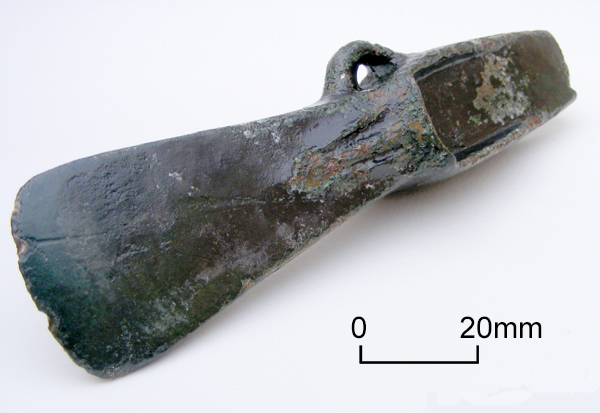
The image for Day 196 is another of the bronze objects found in a late Bronze Age hoard at Manston, the same group of objects as the pegged spear head shown in Day 194.
The axe has both a slot to fit a wooden haft and a loop that could be used to secure the axe head to the haft with some form of binding.
Axes and other objects like those in the group were cast in two part moulds and often the join between the two sections of the mould can be seen as a fine extrusion line along the central axis of the object. The casting may also include ornamental patterning or ribbing as can be seen in this example.
The ability to manipulate the production of bronze and cast it into objects like these has been seen as a skill that gave power and mystique to the bronze workers in Bronze Age society.
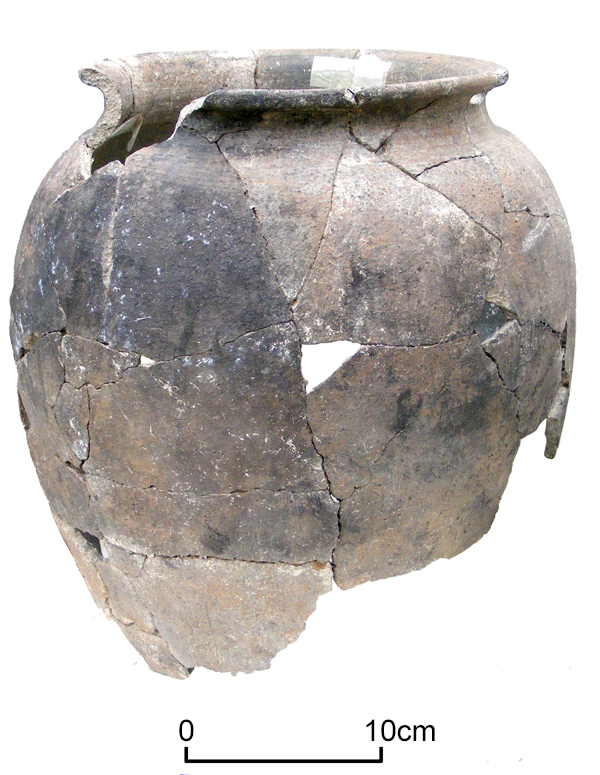
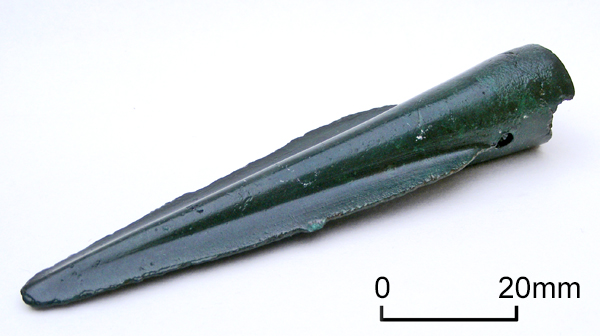
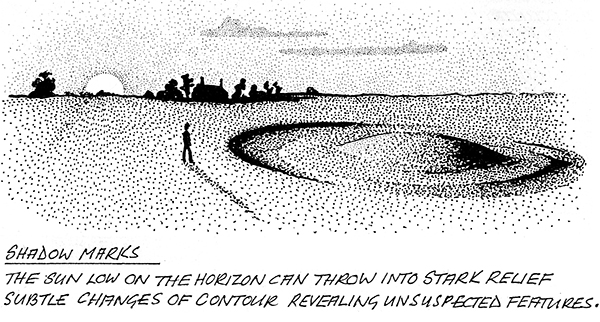

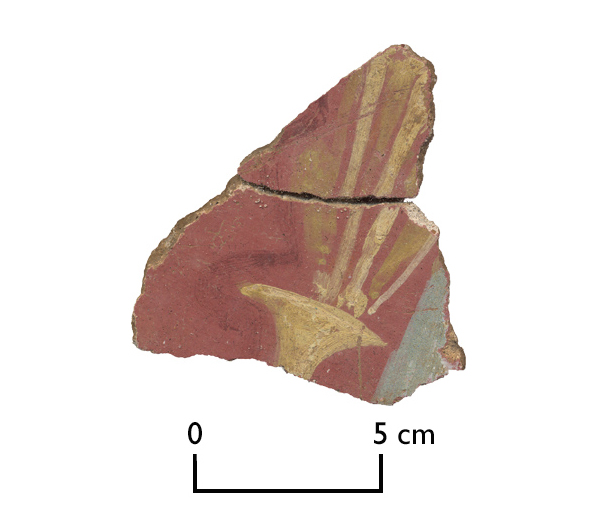
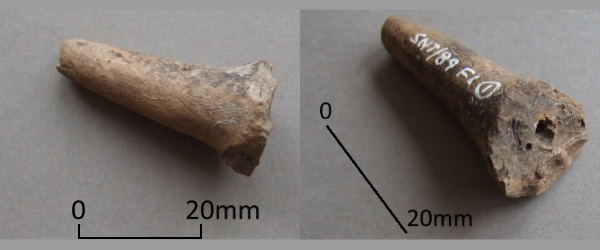
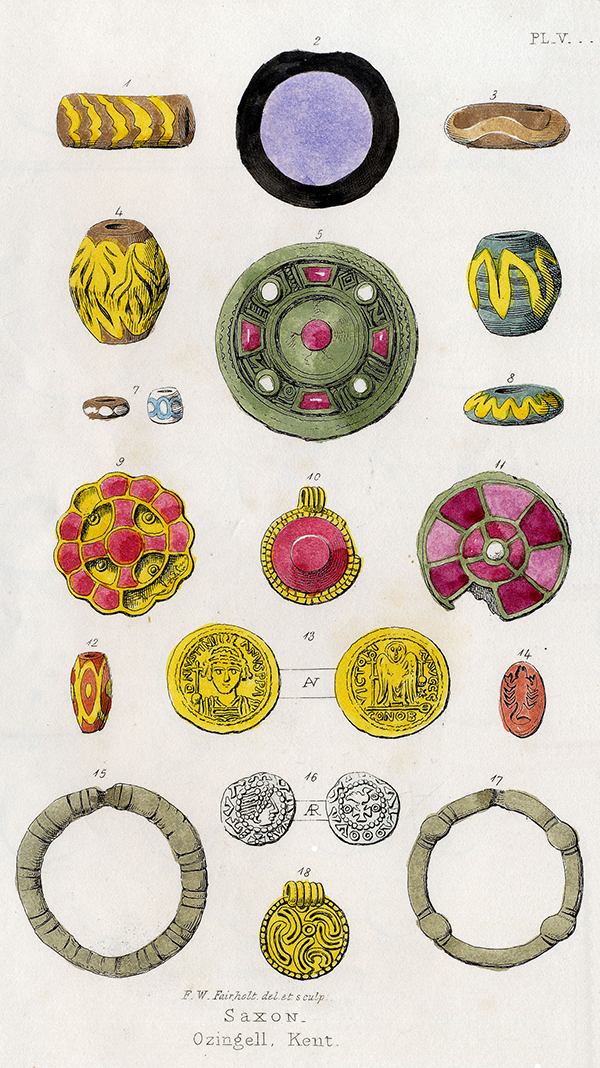
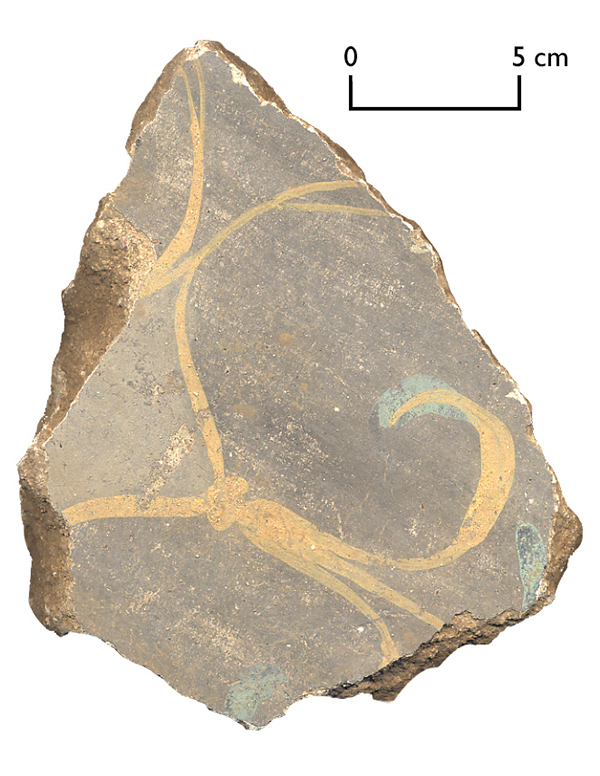
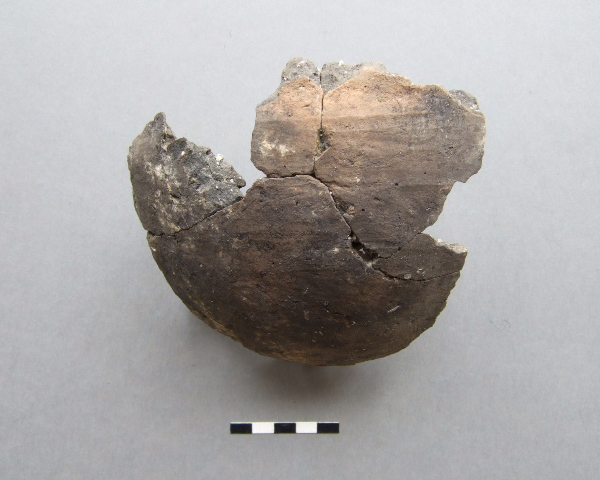 For today’s VM_365 image, on Day 187, we have another of the Neolithic vessels from Courtstairs, near Pegwell Bay, whose dating was supported by the
For today’s VM_365 image, on Day 187, we have another of the Neolithic vessels from Courtstairs, near Pegwell Bay, whose dating was supported by the